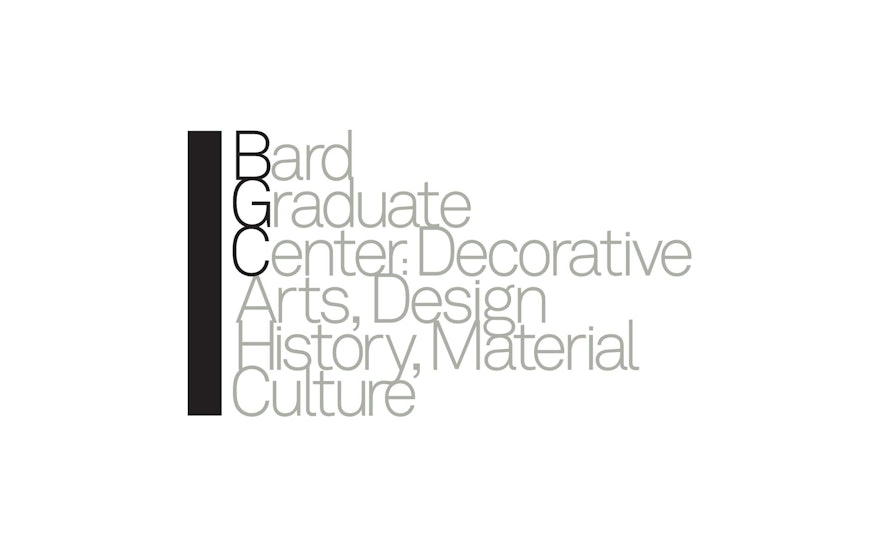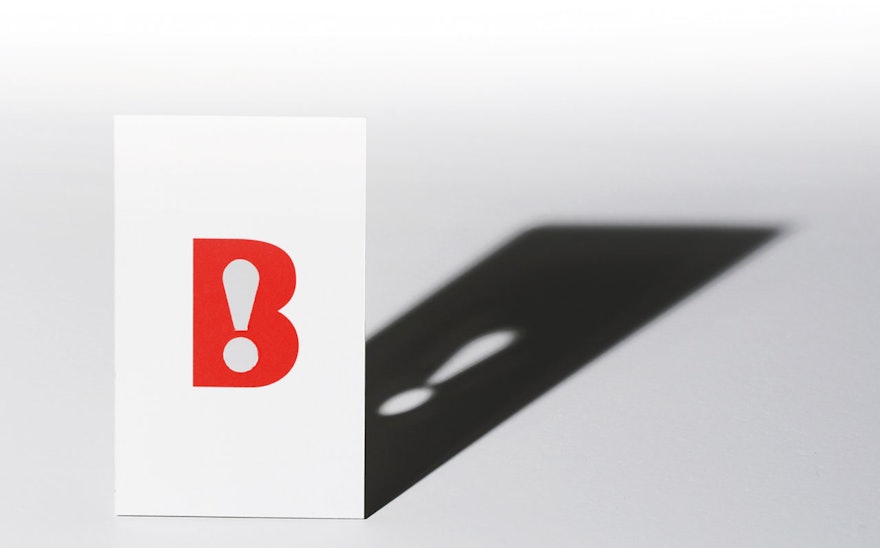Pentagram has designed a new identity for the Bard Graduate Center: Decorative Arts, Design History and Material Culture. Founded in 1993 by Susan Weber, BGC’s director, the school is an important academic institution devoted to the study of the history of the material world, the objects that people make to transform their surroundings: architecture, craft and design. It is one of the only programs of its kind in the country and a top school for scholars and curators of the decorative arts. The center is affiliated with Bard College and is located in a pair of townhouses on Manhattan’s Upper West Side.
Pentagram designed BGC’s first logo when the center opened in 1993. The original logo was a monogram of three letters set in Baskerville with a decorated “G” and was applied to letterhead and the covers of brochures without any established format or system. It was pretty, and it communicated that the school was devoted to the decorative arts. But in the years since, BGC has grown in size and stature, and the logo began to seem precious and no longer conveyed the breadth of the center’s programs. The launch of the new identity is timed to a major renovation and expansion of the school by Polshek Partnership Architects. The center has also officially changed its name to the Bard Graduate Center: Decorative Arts, Design History, Material Culture, lengthening it slightly from the already long Bard Graduate Center for Studies in the Decorative Arts, Design, and Culture. The school needed a new institutional identity that communicated its importance. A simple, static logotype was no longer enough for the institution; its identity must function as a flexible system that supports broad applications across multiple platforms.
The new identity for BGC exists as a sophisticated kit of parts for a broad base of applications, from print to signage to website, where the identity’s graphic elements become a dynamic interface. The new identity makes BGC’s long name manageable by breaking it up, stacking it and anchoring it to a black bar. The graphics are elegant, modern and exhibit a Bauhaus influence that is especially appropriate for the center. The typography appears in the font Akkurat and is set Swiss-style: flush left, rag right. The line spacing is tight and the letterforms touch, creating a pattern of typography that suggests a texture or ornamental filigree but is still highly legible. The arrangement is versatile; it can appear as a horizontal or a vertical, with the type hanging from the bar. It can be used for headlines or captions and sidebars; it can appear in treatments that are graphically expressive or more conservative.
The black bar is a major element of the identity, used to anchor the typography and as a graphic device that indicates important information. On the website it acts as the principal element of navigation, functioning in a variety of ways: as a scroll bar, as a drop-down menu; as a toggle to change the scale of type or object; or as a simple cursor. The bar—and by extension, the identity—becomes the tool by which the site is used.
Decorative art objects like glassware and furniture are the focus of the center’s studies, and images of these historical objects are also an important part of the identity. The objects are treated in a consistent manner, silhouetted against a white background, making them iconic.

